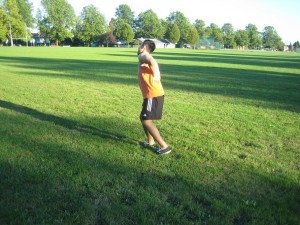Adult hip dysplasia is a hip condition where the acetabulum and femoral head are misaligned. Adults who do not have a history of the condition can end up affected even though children are more prone to the condition.
Underdevelopment of the acetabulum or the femoral head among adults is the cause for the condition. Even a shallow acetabulum or rotated femoral head is difficult for the proper positioning of the femoral head inside the acetabulum.
Indications of adult hip dysplasia
It is important to note that both hips can be affected by either mild or severe adult hip dysplasia. The pain typically starts at adolescence and gradually worsens over time. It is not simple to discern the early mild case until puberty and no pain arises until the late teenage years.
The usual indications of adult hip dysplasia include:

- Abnormal turning or positioning of the legs
- Immobility during a partly or fully dislocated hip
- Shorter appearance of the leg in a partly or fully dislocated hip
- Waddling if both hips are affected or limping if only one side is affected.
Remember that osteoarthritis can develop if the condition is not diagnosed.
Management
The objective of treatment for adult hip dysplasia is to keep the acetabulum and femoral head in good contact. The age of the individual and severity of the condition are considered.
Conservative treatment
The individual is monitored if he/she has a mild case that has been treated at an early phase. Steroid injections are usually given to alleviate the pain and inflation. Physical therapy can help restore the strength and flexibility of the joint.
Surgical treatment
If surgery is the only option, hip arthroscopy is usually recommended. Prior to deepening of the socket, dealing with a torn cartilage is required.
Take note that arthroscopy is the initial step in a minimal invasive procedure. Any minor repairs are done after the hip socket is viewed. In most cases, osteotomy is carried out so that arthroscopy will be effective.
